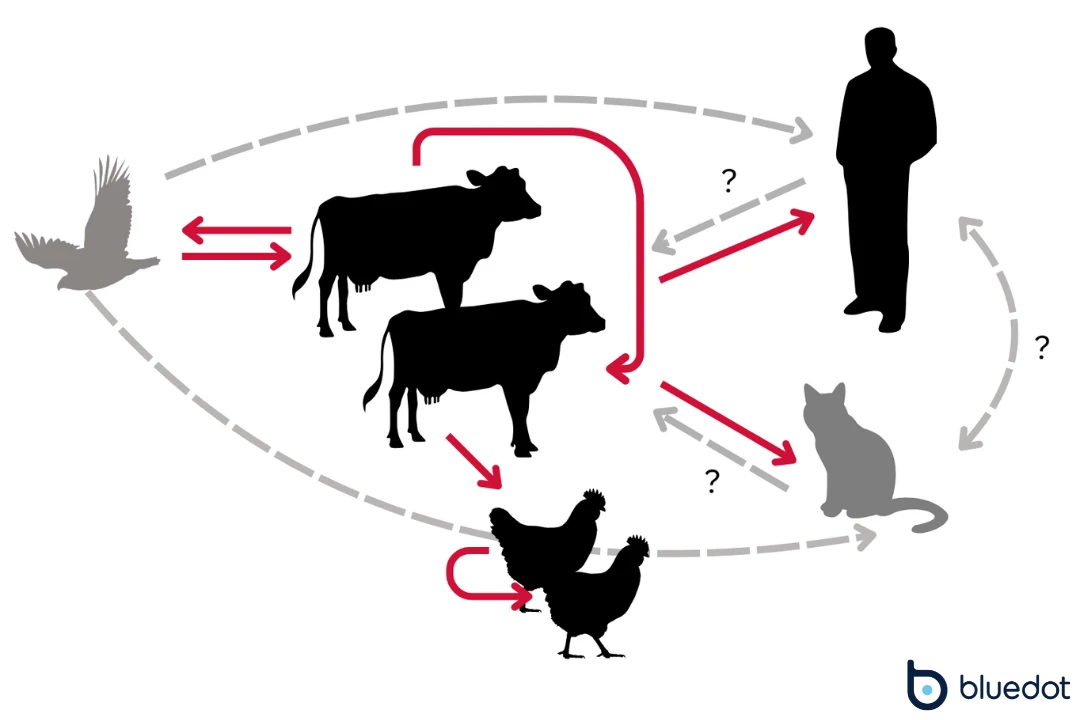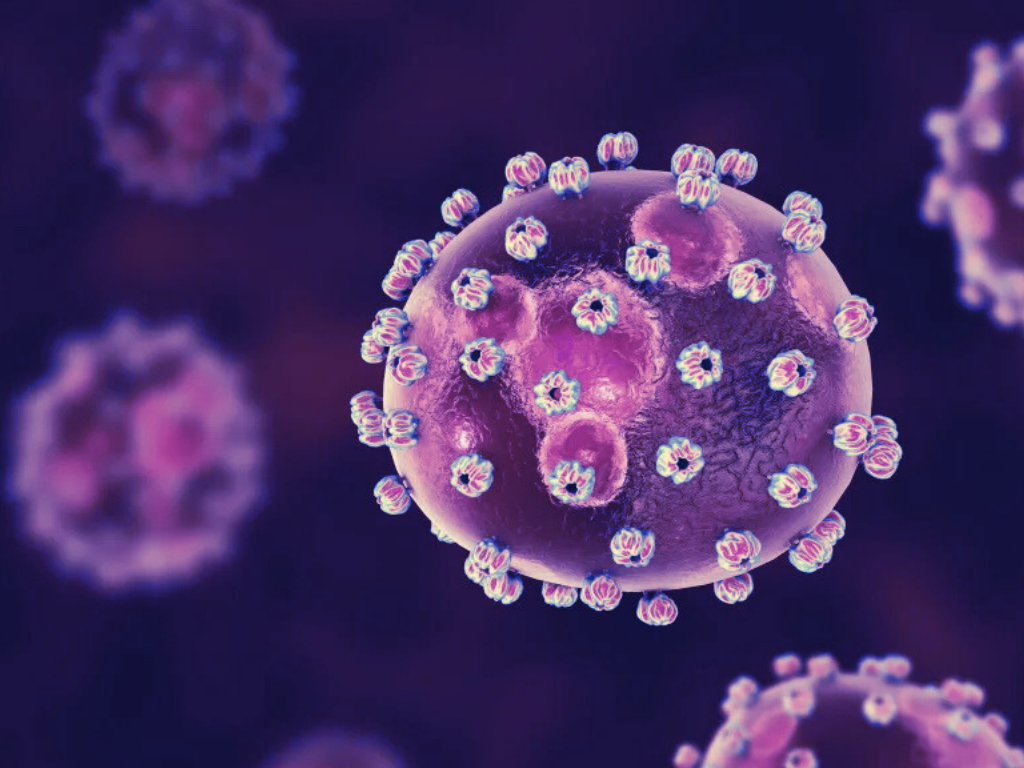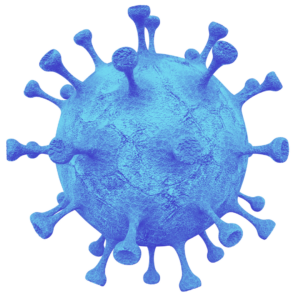As avian influenza spreads quickly to new species and new regions, its potential threat to humans — and to business operations — is coming into sharper focus
Highly Pathogenic Avian Influenza A(H5N1) is making headlines: also called ‘bird flu,’ the virus has now been detected on poultry farms in 48 of America’s 50 states and, most recently, in 33 dairy cow herds across 8 states. On April 1, a Texas farm worker was reported to have contracted the virus after exposure to infected cows.
That farm worker remains the only known case to date of a human infection from dairy cows, and authorities still consider bird flu’s current health risk to humans as low. But its emergence in new species, including mammals, is sounding alarms about pathogenic mutations and new methods of transmission. And it’s a signal for businesses and institutions to monitor the disease, assess the risk it could pose to their operations, and prepare accordingly.
“Outbreaks in mammals, especially mass outbreaks in the wild or farm animals, raise a big red flag,” says Andrea Thomas, PhD, DVM, Head of Epidemiology at BlueDot. “They signal that there could be mammal-to-mammal transmission, not just exposure from a wild bird.”
Bird flu has spanned the globe, with devastating effect
Bird flu strains are categorized according to severity as either low pathogenic or highly pathogenic avian influenza (LPAI or HPAI), based upon the symptoms observed in birds. The subtype of the H5N1 virus found in cows is an HPAI that has devastated bird populations across Africa, Asia, and Europe since 2020. To date, more than 100 million wild birds and poultry worldwide have died or been culled because of H5N1 infection. In the US alone, over 9,000 wild birds and over 90 million poultry have been infected. And while the recent dairy cow infections appear to be geographically dispersed at first glance, they also follow the paths of known wild bird flyways. Given the limited scope of current testing, it’s likely that some HPAI H5N1 outbreaks among cattle have gone undetected to date.
Outbreaks of H5N1 in the US relative to wild bird flyways

Subscribers to BlueDot’s intelligence platform will already be familiar with H5N1, as BlueDot has issued five Event Alerts and two full-length reports in the last 15 months chronicling its recent evolution.
- In January 2023 we reported on a bird flu outbreak on a Spanish mink farm, an early instance of the virus’ spillover into domesticated mammals.
- Two months later we notified subscribers about a human case of bird flu in Chile, as well as outbreaks among sea lions and penguins and a halt in Chilean poultry exports.
- Just last month, we reported that the virus had in fact been detected in American goats before it was detected in dairy cows – two species that were not previously considered very susceptible to infection.
Bird flu is on an unpredictable course
Typically, bird flu spreads via direct or indirect contact with an infected bird or environment. Predatory or scavenger animals may consume infected birds and contract the virus, while others might drink water contaminated by infected bird droppings — all of which explains its spread to both wild and domesticated species, including, in one unique case, a family dog.
This spillover, which is when a pathogen becomes infectious to a new species, provides the virus with opportunities for further mutation. The current evidence suggests that the virus is possibly being spread within dairy herds not via airborne transmission but through milking equipment. The evidence also suggests it is spreading from cows to chickens and cats, and the mechanisms of transmission are not yet fully understood.

The virus’ current genetic structure limits its ability to infect, replicate and transmit in human organ systems. But that could change, whether through a series of gradual genetic changes or a reassortment between this H5N1 virus and a human influenza virus, a process that happens suddenly and is highly unpredictable. Some animals, such as pigs, are particularly good ‘mixing vessels,’ meaning that they can simultaneously contract multiple Influenza viruses and generate novel strains.
While it has yet to appear in pigs, this virus has a track record of infecting many different species, and it’s likely not done yet. “Avian influenza is very unpredictable,” says Thomas. “So, even if it’s not something the average person should worry about right now, it may quickly become a broader human health concern – it has pandemic potential.”
3 Top Takeaways: The threat of H5N1
1. Pandemic potential. With a rapid and difficult-to-predict evolution, avian influenza has the capacity to mutate and spread widely in humans, producing a broad range of potential symptoms.
2. Avian influenza meets AI-assisted surveillance. BlueDot’s infectious disease intelligence platform and dedicated team are detecting outbreaks of bird flu globally – and reporting them first.
3. Participate in prevention. Organizations can take preparatory action in the event bird flu starts spreading between humans: reviewing pandemic plans and work-from-home policies, shoring up supply chains, adopting high quality building ventilation, and monitoring the disease.
How to prepare for bird flu
It’s likely that bird flu is already impacting your organization and its people: it has caused the price of eggs to go up and may yet impact milk prices too, raising costs for any organization providing food service to the public or even just to internal staff. While the risk to human health is currently low, employers in the agrifood sector (not just farmers but processors, distributors, and others) are already on their guard. And with increasing warning signs for bird flu, other organizations should begin or continue mitigating the potential impact as well.
From public health agencies to pharmaceutical companies to occupational health and safety leaders across all sectors, now is the time to re-evaluate existing pandemic plans. Organizations can begin by assessing the risk of widespread human infection on their operations and considering strategies to minimize supply chain disruptions. They can also evaluate existing PPE inventories and review work-from-home policies in case either needs to be deployed.
Office and facility ventilation systems can also be assessed for improvement, as better filtration systems can help protect workers from several airborne pollutants and pathogens, which in turn can reduce absenteeism and reduce reliance on work-from-home practices.
Most of all, organizations need to stay on top of the disease by monitoring it. Using specialized AI models, a dedicated team at BlueDot gathers intelligence and parses through a wealth of data on bird flu wherever it appears around the globe in just a handful of hours. With this outbreak intelligence, organizations can better anticipate risk to be able to respond quickly should the need arise. To learn more about BlueDot, or get access to our new full-length Intelligence Report on Highly Pathogenic Avian Influenza A(H5N1), please get in touch with our team.
Disease monitoring is crucial with Highly Pathogenic Avian Influenza A(H5N1), a pathogen whose status is currently changing week-to-week and day-to-day. On Thursday, May 23, 2024, BlueDot hosted a webinar focused solely on bird flu led by Dr. Andrea Thomas to provide an update on the situation. Did you miss it? Have no fear, you can watch the recording today.










